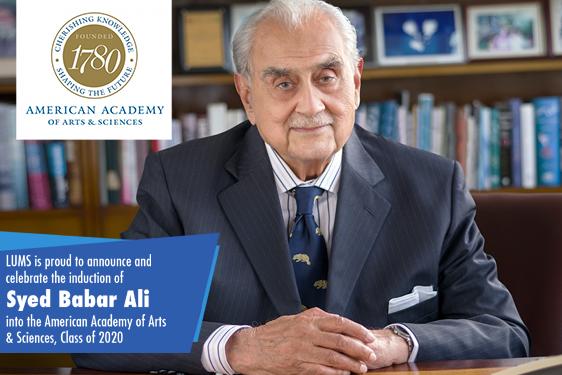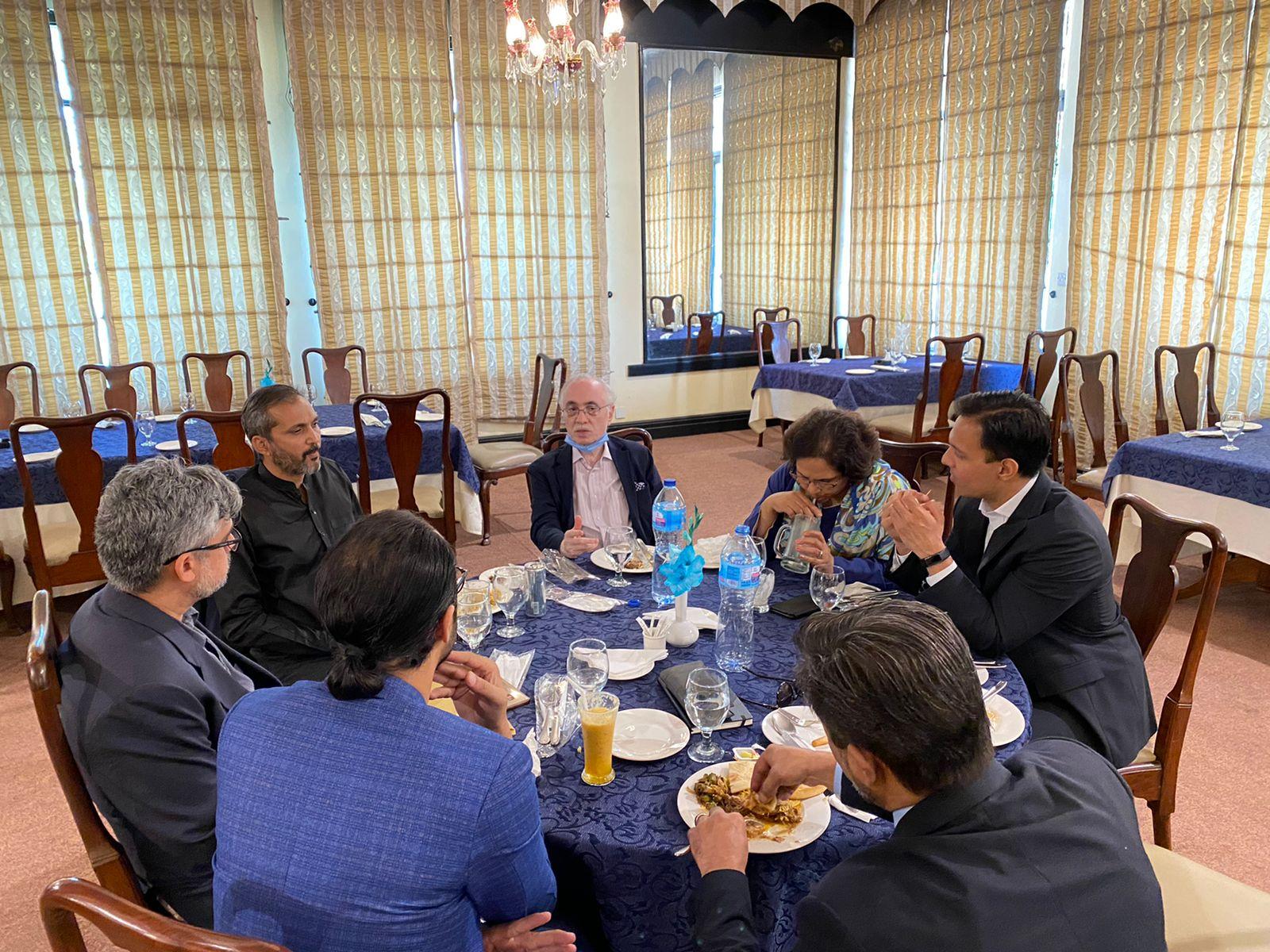
The Department of Chemistry and Chemical Engineering at the Syed Babar Ali School of Science and Engineering (SBASSE) organised a seminar on the scope of conservation science in Pakistan and the role it has played in the restoration of cultural heritage including historical monuments.
A team of experts from Agha Khan Cultural Service Pakistan (AKCSP), who lead the project on the conservation of the picture wall of Lahore fort presented their findings. Wajahat Ali, Manager of Conservation and Design at AKCSP explaining the vision of the Aga Khan Trust for Culture said, “Heritage sites are our connection to the past and each site has an important story to tell. However, we must remember that heritage conservation also has different types of positive impact on the society which also includes economic benefits. Therefore, the role of science, particularly chemistry, is crucial and cannot be ruled out. Students of the sciences must consider this as a career option to preserve our cultural identity for generations to come”.
Mr. Ali also shared a number of pre and post slides showing the conserved western section of the wall. An unveiling ceremony celebrating the completion of phase I of this project was held in the presence of the Prime Minister of Pakistan on May 4, 2019. As a step towards forging links between science and the heritage industry, Mr. Ali offered short-term internship opportunities to LUMS chemistry students.
Zeina Naseer, a chemistry graduate from Columbia University and a conservation scientist at AKCSP explained how the knowledge of chemistry helped her in the conservation process especially for the glazed tiles used in the tile mosaic panels depicting both geometric or floral designs and figurative images. Analytical tools like electron microscope and X-ray based analysis played a pivotal role in getting the composition of the materials used. The latter helped the team to envisage the use of colloidal silica as a binder for recreation and restoration of tiles. Zeina urged chemistry students to broaden their horizons and consider Culture and Heritage sectors as avenues of employment and engagement.
The discussant Dr. Nadhra Khan, Associate Professor of Art History at LUMS, and associated with this project as Consultant Historian, shared possible interpretations of some tile-mosaic narrative panels to spark the interest of the audience in fields related to art, literature and cultural heritage. She also stressed the need for art-science collaborations among faculty and students as they have the potential to bring historically distinct disciplines together for studying and conserving the material aspects of works of art.
Dr. Muhammad Zaheer, Assistant Professor at the Department of Chemistry and Chemical Engineering, and the organiser of the event said, “the role of Chemistry in the conservation of art and architecture is overlooked in Pakistan and this session has created awareness about the scope of conservation science, providing new career directions to the students”.








